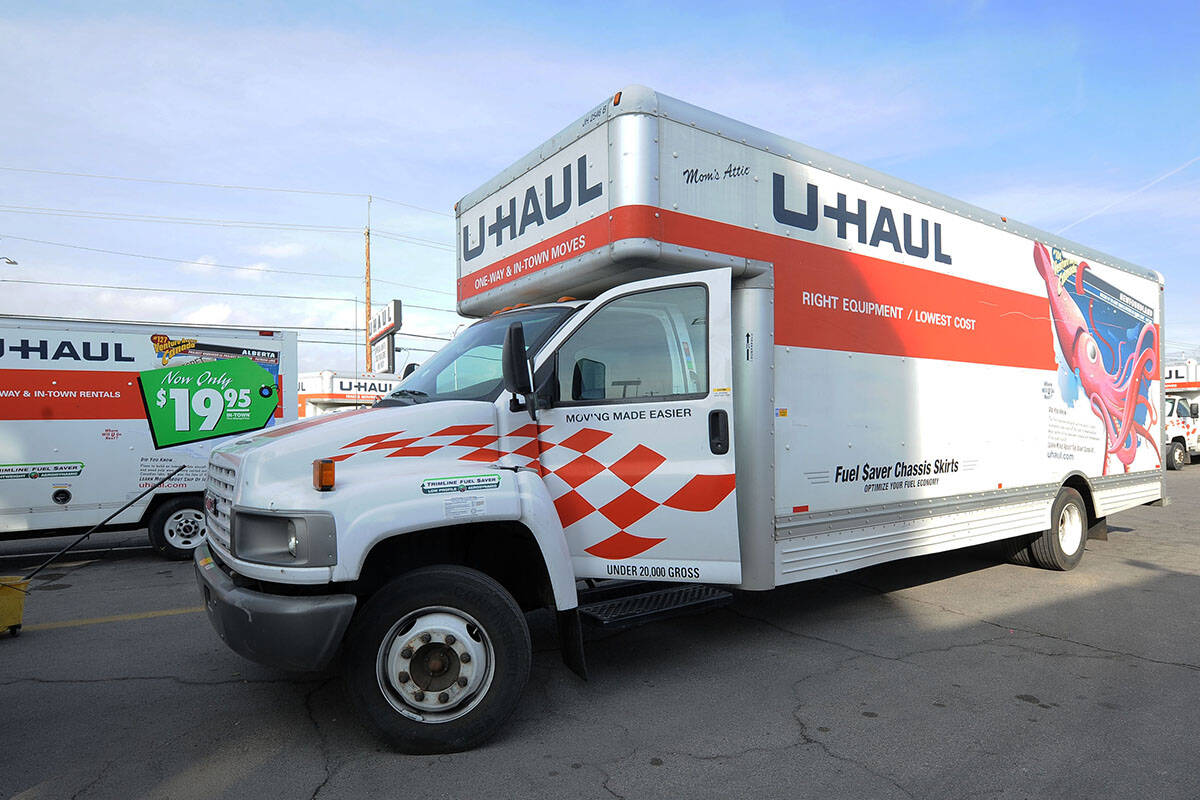EDITORIAL: Americans continue moving out of high-tax states

Owning a business in California has become a challenge — unless you’re running a U-Haul franchise.
The Census Bureau this month released its annual report on domestic migration — Americans moving from county to county and state to state. The report provides more evidence that the blue-state model of high taxes and a stifling regulatory climate has consequences.
Eight of the 10 U.S. counties with the biggest population gains were in Texas and Florida. The other two were located in Arizona and South Carolina. Meanwhile, eight of the 10 biggest population-hemorrhaging U.S. counties were in California, New York and Illinois.
An analysis by the folks at Issues &Insights found that, since 2020, counties that voted for Joe Biden have lost nearly 3.7 million residents to counties that went for Donald Trump. The 11 American counties with the largest population losses all supported Mr. Biden. Nationally, 62 percent of the counties Mr. Biden carried in 2020 have lost residents, while 67 percent of the counties that went for Mr. Trump have seen an influx of newcomers.
The findings track with 2022 figures, which showed that most states gaining population in the prior year were dominated by Republicans while all those that saw declines were Democratic strongholds. (Purple Nevada, which continues to grow, remains an exception).
This trend accelerated during the pandemic — for obvious reasons.
The Census data is silent about the motivation of Americans who leave one place for another. But job opportunities and a reasonable cost of living certainly factor into such decisions. Apologists for red states often argue that the trend reveals the attraction of warm-weather locales at the expense of northeastern or Rust Belt states, but that ignores California’s precipitous decline.
David Brooks of The New York Times noted last year that the places Americans are fleeing impose higher taxes and make it burdensome for homebuilders and entrepreneurs. He cited Mark J. Perry of the American Enterprise Institute, who has studied domestic mobility patterns and “concludes that Americans are moving away from blue states with high energy costs, byzantine regulatory regimes and unfriendly business climates. They are moving to economically vibrant red states with lower costs, more conservative fiscal policies and more job opportunities.”
Mr. Brooks speculates that many Americans moving to states with low taxes and job opportunities are settling in blue urban areas inside such states. Yet the county-by-county Census numbers don’t reflect the drawing power of liberal metropolitan areas. And even if that were true, it’s an argument for market-friendly policies at the state level that serve as a check on the destructive tendencies of Democrats governing big cities.
Policies do indeed matter.